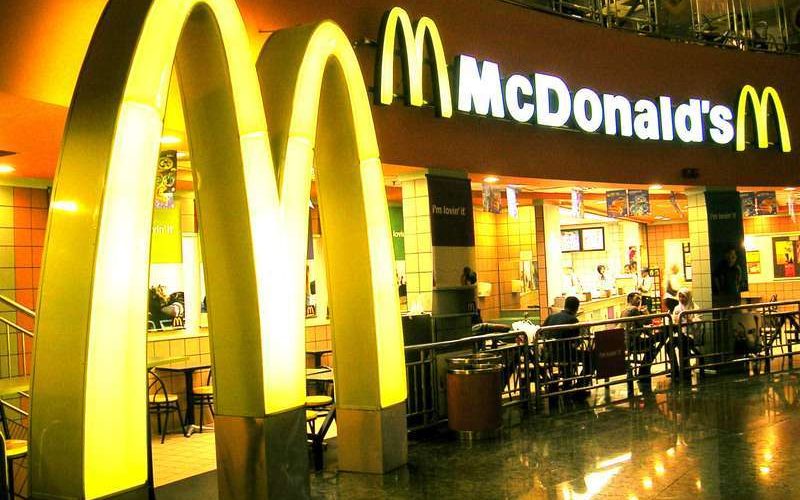McDonald’s, the global fast-food giant, has established a significant presence in India, a market known for its diverse culinary preferences and cultural nuances. Since its entry into the Indian market in 1996, McDonald’s has had to adapt its business strategies and offerings to cater to local tastes and preferences. This case study explores how McDonald’s successfully adapted to the Indian market, the strategies behind its success, and the challenges it faced.
The Entry into the Indian Market
1. Initial Market Entry
The Early Years
McDonald’s entered the Indian market in 1996, partnering with local conglomerate Hardcastle Restaurants. The company initially opened its first restaurant in New Delhi, offering a menu tailored to local tastes. The goal was to establish a foothold in a market with a growing middle class and an increasing appetite for fast food.
Challenges Faced
In the early years, McDonald’s faced several challenges, including adapting its menu to suit local dietary preferences and navigating the regulatory landscape. India’s diverse culinary traditions, including vegetarianism and regional food preferences, posed a unique challenge for McDonald’s.
2. Adapting the Menu
Localizing the Menu
One of the key strategies McDonald’s employed to succeed in India was localizing its menu. The company introduced a range of vegetarian and chicken options to cater to the Indian palate. Signature items such as the McAloo Tikki Burger (a spiced potato patty) and the Chicken Maharaja Mac were developed specifically for the Indian market.
Customizing Offerings
McDonald’s also customized its offerings based on regional preferences. In South India, the company introduced rice-based items like the McSpicy Rice. In contrast, North Indian outlets offered items like the Paneer Wrap. This regional customization helped McDonald’s appeal to a broader audience.
Marketing and Branding Strategies
1. Emphasizing Local Culture
Cultural Relevance
McDonald’s focused on creating culturally relevant marketing campaigns to connect with Indian consumers. The company’s advertising often highlighted themes of family, tradition, and celebration, resonating with local values. Campaigns featured Bollywood celebrities and local festivals, enhancing the brand’s cultural relevance.
Community Engagement
McDonald’s engaged with local communities through various initiatives, including sponsorships of sports events and participation in community festivals. These efforts helped build brand awareness and foster a positive image among Indian consumers.
2. Building Brand Trust
Quality and Hygiene
Ensuring quality and hygiene was a priority for McDonald’s in India. The company implemented strict quality control measures and conducted regular audits to maintain high standards. McDonald’s emphasized its commitment to cleanliness and food safety in its marketing messages, addressing any concerns consumers might have had.
Customer Experience
McDonald’s invested in creating a pleasant dining experience for customers. The company’s restaurants were designed to be family-friendly and provided amenities such as play areas for children. This focus on customer experience helped McDonald’s differentiate itself from local competitors.
Operational Strategies
1. Supply Chain Management
Sourcing Locally
To adapt to the Indian market, McDonald’s established a robust local supply chain. The company sourced ingredients from local suppliers, ensuring that its products met local tastes and preferences. This approach also helped reduce costs and support local farmers and businesses.
Logistics and Distribution
McDonald’s invested in building an efficient logistics and distribution network to ensure timely delivery of fresh ingredients to its restaurants. The company’s supply chain operations were optimized to handle the diverse range of products required for its localized menu.
2. Franchise Model
Expanding Through Franchising
McDonald’s expanded its presence in India through a franchise model. Partnering with local franchisees allowed the company to rapidly scale its operations and reach new locations. The franchise model also enabled McDonald’s to leverage local expertise and knowledge.
Training and Support
McDonald’s provided comprehensive training and support to its franchisees, ensuring that they adhered to the company’s standards and practices. This support included training on operations, customer service, and quality control.
Challenges and Adaptations
1. Navigating Cultural Sensitivities
Dietary Preferences
India’s diverse dietary preferences, including vegetarianism and religious dietary restrictions, required McDonald’s to adapt its offerings carefully. The company ensured that its menu provided options for different dietary needs and avoided ingredients that might be culturally sensitive.
Addressing Competition
The Indian fast-food market is highly competitive, with both international and local players vying for market share. McDonald’s had to continuously innovate and differentiate itself to maintain its competitive edge. The company’s focus on localization and customer engagement helped it stay ahead of competitors.
2. Adapting to Market Dynamics
Economic and Regulatory Changes
McDonald’s had to navigate various economic and regulatory changes in India. Changes in tax policies, labor laws, and consumer preferences required the company to be agile and responsive. McDonald’s adapted its strategies to align with evolving market conditions.
Future Prospects and Conclusion
1. Continued Innovation
Expanding Offerings
McDonald’s is likely to continue expanding its menu and introducing new offerings to cater to evolving consumer preferences. The company may explore opportunities to incorporate emerging food trends and enhance its product lineup.
Enhancing Digital Engagement
The increasing use of digital technology in India presents opportunities for McDonald’s to enhance its digital engagement. The company may focus on improving its online ordering system, digital marketing strategies, and customer loyalty programs.
2. Conclusion
McDonald’s journey in India demonstrates the importance of adapting to local markets and understanding cultural nuances. By localizing its menu, engaging with communities, and focusing on customer experience, McDonald’s successfully established itself as a leading fast-food brand in India. The company’s ability to navigate challenges and embrace opportunities will be crucial as it continues to grow and evolve in the Indian market.
References – McDonald’s India Official Website Wikipedia – McDonald’s India










